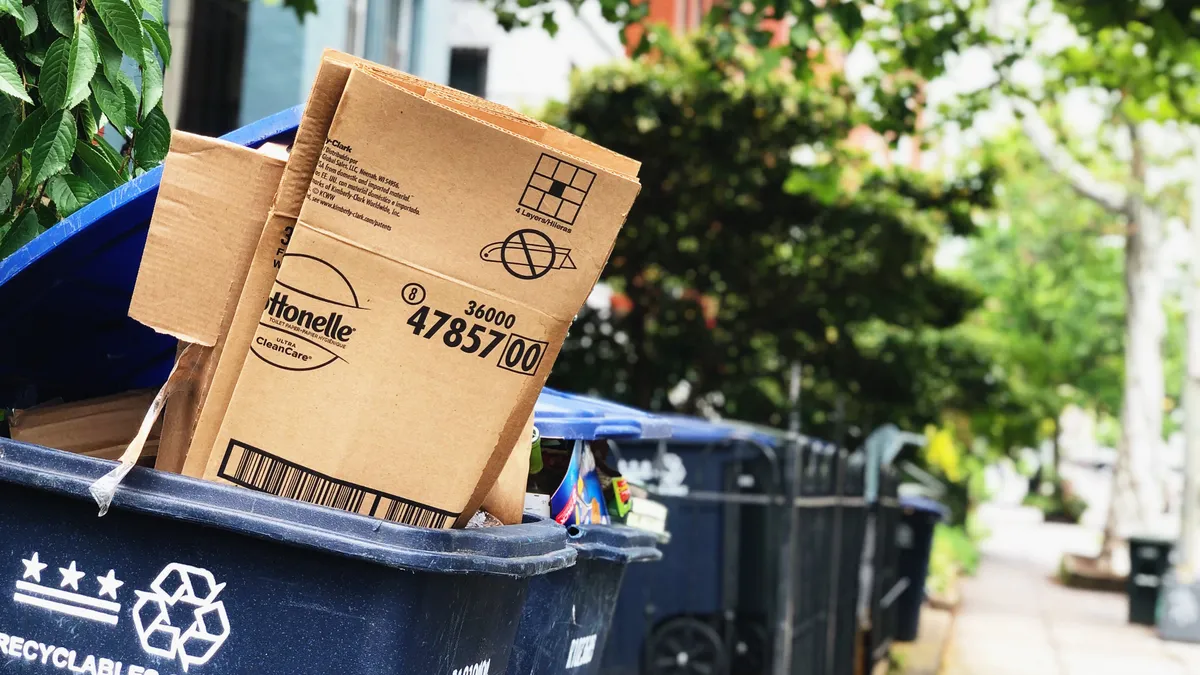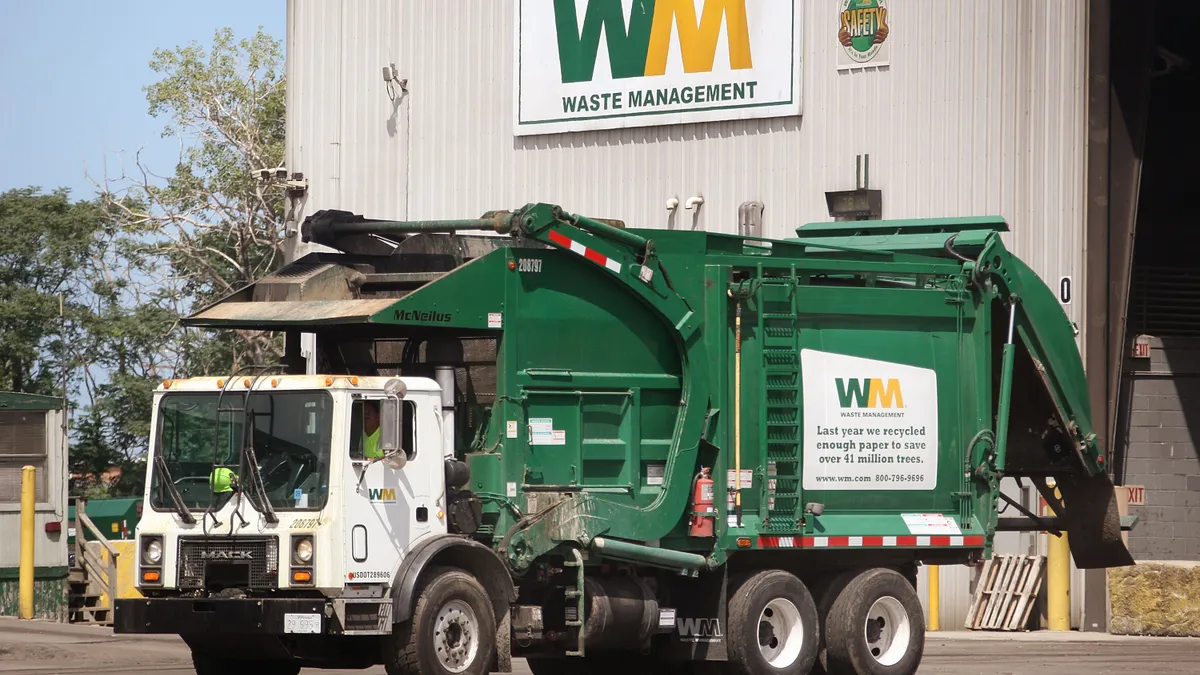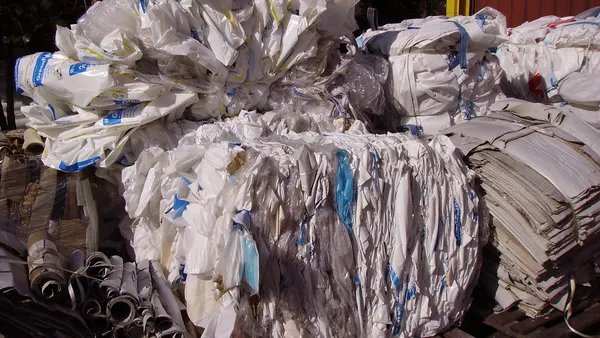Recycling stakeholders say the sector's "ups and downs" in recent years have been compounded by COVID-19, even as they point to advancements around issues like contamination reduction and recycled content usage as cause for optimism.
In a wide-ranging conversation during this week's virtual WasteExpo, representatives from the U.S. EPA, the New York Department of Sanitation (DSNY), and Waste Management explored the complex challenges facing the sector. They touched on the ways in which the pandemic has led to deep cuts hitting municipal budgets, while putting even more attention on the growing demand for domestic markets.
DSNY Deputy Commissioner for Recycling and Sustainability Bridget Anderson said her agency is "struggling to keep the lights on" due to financial implications stemming from the pandemic.
"What's happening to us is not dissimilar to what's happening in other parts of the country in municipalities and counties," she said.
Steep financial impacts have led the city to cut or suspend a number of programs, including voluntary curbside organics collection. While refuse and recycling programs are intact, Anderson said the city is in a "budget crisis" and future hard decisions are likely.
The city has also seen an uptick in contamination for its dual-stream system, not all of which is due to the pandemic. Anderson said DSNY is experiencing an increase in cardboard appearing in the city's stream for metals, glass, and plastics. She said such issues reflect prior problems with recycling, including a lack of education. As those trends continue during a time of cost-cutting, Anderson said New York is like other municipalities in seeking policy help and pushing for stronger markets for recycled materials.
"[We are] trying to figure out what is the economical path forward for materials we do collect in our program," she said.
Some positive trends are bolstering the sector, however, including the growth of domestic markets. Brent Bell, vice president of recycling for Waste Management, said the company is seeing "a lot more domestic movement" after several years of uncertainty following the collapse of foreign end markets for multiple commodities. In 2020, Waste Management has sold 81% of its fiber commodities to domestic mills, up from 63% in 2017. Bell sounded an upbeat note around that trend, along with increasing interest from major manufacturers around recycled content mandates.
"There's lots of new capacity coming online for domestic mills and I think you're seeing some of that infrastructure shift from the China region to the United States," Bell said.
Growing attention by lawmakers and regulators at the federal level could also bring some relief for struggling municipalities. Peter Wright, assistant administrator for the EPA's Office of Land and Emergency Management, discussed the agency's plans to roll out national recycling goals in November. He also acknowledged persistent contamination issues, along with recycling rates which have stalled at a national average of around 35%.
"There is a need to better integrate recycled materials and end of life management into product and packaging design," Wright said, listing outdated infrastructure and inconsistent measurements across the country as other significant hurdles to increased recycling.
A number of major recycling bills are now under consideration in Congress, including the infrastructure-focused RECOVER Act and education-focused RECYCLE Act. Some proponents of extended producer responsibility (EPR) have also supported the Break Free From Plastic Pollution Act, which centers on that approach as well as recycled content minimums and single-use plastic restrictions. Similar initiatives have been mounting at the state level but none have succeeded yet. Two weeks ago, California did not pass its packaging bill, while movement on Maine's bellwether product stewardship legislation was stalled earlier this year by the pandemic.
Wright did not endorse EPR or any particular legislative approach for fixing the issues facing recycling. Anderson highlighted movement around recycled content mandates and EPR for packaging, which she said could be a solution for the city. "Let's make it required," she said. "Let's make people have to actually live up to those commitments."
The conversation was also forward-looking about some of the trends looming for the sector, including issues like the low price of virgin plastics and a pivot to more advanced technology. Bell spoke about robotics as an investment area for Waste Management, saying the company is working with around five different robot manufacturers now with plans for 10 to 12 robots to be actively working in its facilities by the end of the year. E-commerce and the endurance of corrugated boxes also drew acknowledgement, and Wright referenced an EPA video made during the pandemic advising proper and consistent fiber recycling.
All speakers agreed on the need for more buy-in from players across the supply chain as municipalities, regulators, and companies continue to navigate the hurdles facing the sector. Anderson said emphasizing the economic benefits of recycling will be key to that process.
"We need a business case [for recycling]," she said. "We need to strengthen the business case across the recycling chain and across the system."

















